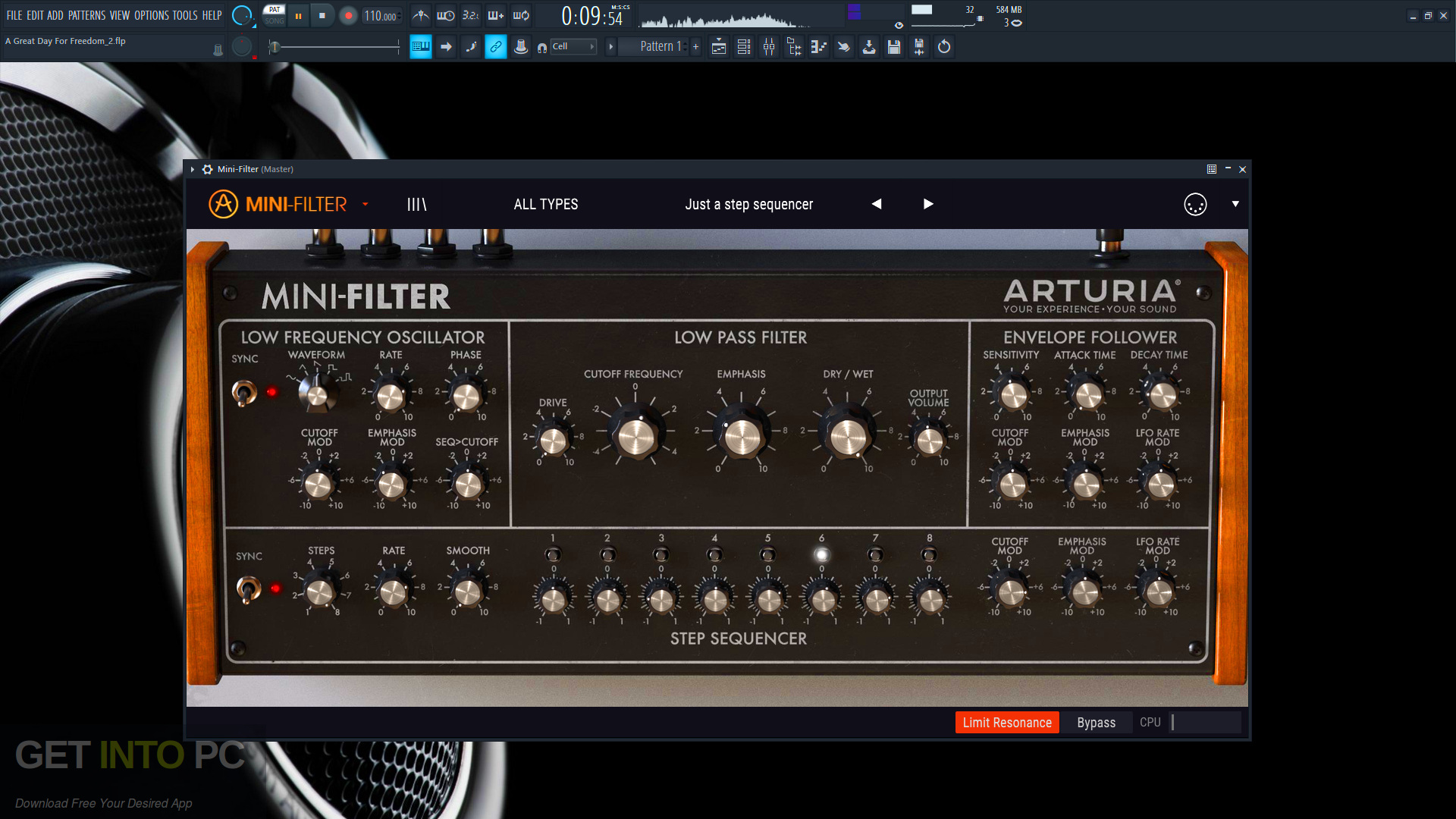
- Sonarworks reference 3 is my secret weapon pro#
- Sonarworks reference 3 is my secret weapon software#
Many of the best EQ plugs are sought after for the subtle character they impart. More importantly, even the surgical "mastering" EQs aren't always quite transparent. The thing is many of them are expensive and offer many features that an audiophile would never use. I went through the best and old-standbys, DMG, Sonnox, Waves, etc.
Sonarworks reference 3 is my secret weapon pro#
I already had a pretty decent collection of some great EQs from doing pro audio. The thing is when you're looking for pro-quality EQs, there really is an embarrassment of riches out there, and they range from cheap to hundreds of dollars. Sonarworks takes me to neutral, but then I add a small amount of EQ to suit my own taste and system. I'm also one that adds another EQ post Sonarworks.
Sonarworks reference 3 is my secret weapon software#
Software EQs have just been unbelievable good in these years in terms of functionality and sound quality. The very basic bass and tilt controls work great if you have a neutral starting point, which Sonarworks provides. However, I think very few people will need more tailoring options than Sonarworks allows for within the program. And you can always use an EQ after in the chain as well, which allows Sonarworks to do the hard part of getting you to neutral, and then you can make a few tweaks with another pogram, without having to worry about precise corrections of irregular peaks. You don't have the control of a parametric EQ, but you have more than enough control. It's not unlimited as to what you can do, but there are a lot of options for tailoring your sound. Or I can mimic the GS1000, or I can mimic generalized large room speakers. But on some recordings i can quickly click over to the flat setting. I use the custom calibration a lot with 4dB of bass and then a treble tilt of 4 dB, giving a very soft, very gradual U curve. They then give you some very basic controls to adjust the overall tonality. It just works without adding in any digital nastiesĢ) They take the hard work of painstakingly creating your own EQ profile and quickly get you to neutral with the calibration profiles. But it's more or less transparent in the signal path. It does take a decently powerful computer to run it seamlessly. Sonarworks, however is a extremely high quality processing. It used to be the case that people complained about DSP parametric EQ that it severely degraded the bitperfect digital signal, and there was certainly some truth to that with certain programs. They don't cut corners in the processing compartment. In practice, with the complicated peaks and valleys headphones have, this is near impossible to do anything other than a very rough sense.ġ) It's an extremely well implemented EQ. Theoretically if you had a great ear, a clear sense of neutral and spent hours with sine wave sweeps, you could, by hand create a calibration curve. While is does not revolutionize the world of software, Checkbook Register does its job properly, proving to be a handy assistant that can balance your account.In theory Sonarworks isn't anything you couldn't do with a very powerful parametric EQ with a LOT of knobs.

This enables you to see expenses and revenue in a single sheet, saved locally. As such, you can generate both detailed and summary reports for each data category. Generate detailed and summary reports of your activityĬheckbook Register can easily generate various reports that can take into consideration the category of the transaction.

In case your checkbook gets too crowded, you should know that Checkbook Register comes with search and sorting functions, available in the Data menu. Every time you add a new entry, the balance is automatically calculated, so you know exactly where you stand, at all times. To add a new entry, all you have to do is fill in the empty fields in the lower side of the screen, which practically populates the aforementioned fields. The transaction date, the check number and its category, the descriptions and the corresponding amount of money are included in the table. The data is stored in a CSV file, whose content is revealed within the main window of Checkbook Register. So, aside from the not so modern appearance, there is nothing to reproach in this regard. The looks of the interface seem a bit outdated but everything works properly and the layout is intuitive. Easy to use budget manager and checkbook tracker

In other words, it enables you to create a digital checkbook to store information about payments and deposits, automatically calculating the current balance and letting you know how much money you have at your disposal. Checkbook Register is a tiny straightforward application that comes in handy to anyone who wants to keep track of their spending and savings byīalancing their checkbooks as transactions are completed.


 0 kommentar(er)
0 kommentar(er)
